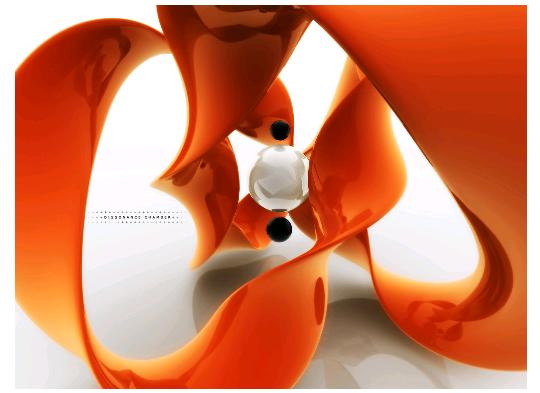Today I’m here to share with you guys out there, a very powerful and relatively unknown design and communication technique. All the knowledgeable you are, I don’t think you’d have heard about it. You might have been under its effects without ever knowing it was there. A bit confused? I think I might be able to get you out of jail here by shedding some light on this technique so that you may use it while working on your writing & design projects.
Anyone get what I just did? I introduced you to the dissonance by using the approach itself. This technique can increase the productivity and quality of certain designing and writing projects.
I’ll start explaining dissonance by first introducing you to an exactly opposite concept; consonance. Consonance, according to wikipedia, is a term usually used in music to portray harmony, chord, or interval considered stable. In layman terms, consonance means you’re feeling comfortable about something. There exists a perfect harmony in the different things you feel.
Dissonance is the state of unrest that disturbs your normal state of mind. In other words, it is the feeling of losing comfort i.e. consonance. You may feel dissonance when someone tries to challenge your belief and that will certainly make you uncomfortable. Your mind doesn’t want to accept what is going around you and you start thinking what to do to get things straight.
Now I move towards a very favorite theory of mine, Cognitive Dissonance proposed by Leon Festinger. Before I give you a birds’ eye view of this theory, I should tell you why we have to discuss about dissonance and consonance and how they are related to designing and writing? There is one simple reason, which is that they are the key ingredients to the theory that Festinger put up.
The basic hypotheses of his theory are:
• A person will be automatically motivated by being psychologically uncomfortable, i.e. having dissonance. So he’ll try to get rid of this dissonance and try to achieve a state of rest, i.e. consonance.
• Also, while trying to reduce the dissonance, the person affected will try to make sure that he avoids certain situations that are likely to increase the dissonance.
So, let me start by focusing on the first hypothesis which will become the base of our new design and writing technique. What the first hypothesis means is that whenever you experience dissonance, you’ll always want to reach consonance. So, our goal will be to persuade dissonance and then impart consonance.
There are these 2 main pieces of an attractive website; design and content. If you get them right, you get your clients. We try to convince people that our products are the best solutions to their problems. This is made possible by the design and content of our web pages. Using dissonance technique, challenge the beliefs of your potential clients by designing with dissonance. Then, spread the message of your services as a solution for them to achieve consonance.
The introduction to this article creates dissonance in the audience by suggesting that you are knowledgeable but you still haven’t heard about this technique. So it makes you keep on reading so that you get comfortable again after knowing that you are now aware of this concept that you didn’t know before.
So I don’t have to be Einstein here, to infer the simple fact that my using the dissonance technique worked on you just because you read my article this far. It isn’t just me; many astonishing articles out there use dissonance immaculately.
No related posts.
Related posts brought to you by Yet Another Related Posts Plugin.













Leave Your Response